Home>Garden Essentials>Why Does Crop Rotation Increase Soil Nitrogen


Garden Essentials
Why Does Crop Rotation Increase Soil Nitrogen
Modified: March 16, 2024
Discover the benefits of crop rotation in your garden and how it helps increase soil nitrogen levels. Improve your gardening success today.
(Many of the links in this article redirect to a specific reviewed product. Your purchase of these products through affiliate links helps to generate commission for Storables.com, at no extra cost. Learn more)
Introduction
Crop rotation is a centuries-old agricultural practice that involves planting different crops in a sequential manner on the same piece of land. This technique not only helps in diversifying the harvest but also plays a crucial role in improving soil fertility and overall crop yield. One of the key benefits of crop rotation is its ability to increase soil nitrogen levels, which is essential for plant growth and development.
Soil nitrogen is a vital nutrient required by plants, as it is a major component of amino acids, proteins, and chlorophyll. It plays a crucial role in various plant functions, such as photosynthesis, energy transfer, and enzyme activity. However, continuous cultivation of the same crop in a particular area can deplete the soil’s nitrogen reserves, leading to reduced crop productivity. This is where crop rotation comes into play.
Through the strategic rotation of crops, farmers can optimize the use of soil nitrogen and improve its availability for future plantings. This not only ensures healthier plants but also promotes sustainable agricultural practices that minimize the need for synthetic fertilizers and reduce environmental impacts.
There are several mechanisms through which crop rotation increases soil nitrogen levels. One of the most significant ways is through the use of nitrogen-fixing crops, which have the remarkable ability to convert atmospheric nitrogen into a usable form that other plants can utilize. Leguminous crops, such as peas, beans, and clover, are known for their nitrogen-fixing abilities and are commonly incorporated into crop rotation systems.
Addtionaly, crop rotation also enhances nitrogen mineralization, which is the process by which organic nitrogen compounds are converted into inorganic nitrogen by soil microorganisms. This makes nitrogen more readily available for plant uptake. Different crops have different root systems and chemical compositions, and when they are introduced in a rotation, they contribute to the diversification of soil microbial communities. This leads to improved nutrient cycling and increased nitrogen mineralization, ultimately boosting soil nitrogen levels.
Additionally, crop rotation helps in reducing nitrogen leaching. When the same crop is continuously grown in the same area, excessive nitrogen fertilizer applications can result in the leaching of nitrogen beyond the plant’s root zone. This not only leads to wastage of valuable resources but also contributes to water pollution and the degradation of ecosystems. By rotating crops, farmers can break the cycle of excessive nitrogen application and reduce the risk of nitrogen leaching.
Overall, crop rotation is a time-tested agricultural practice that offers significant benefits, including increased soil nitrogen levels. By incorporating different crops into the rotation system, farmers can optimize nitrogen utilization, enhance nutrient cycling, and minimize environmental impacts. Embracing crop rotation not only ensures the long-term sustainability of agricultural practices but also contributes to healthier soils, abundant harvests, and a greener planet.
Key Takeaways:
- Crop rotation increases soil nitrogen by using special plants that turn air nitrogen into plant food, reducing the need for chemicals and helping crops grow better.
- Crop rotation helps prevent nitrogen from washing away, protecting the environment and making sure plants have enough food to grow healthy and strong.
Read more: What Nitrogen Fixation And Crop Rotation
Definition of Crop Rotation
Crop rotation is a farming practice that involves the systematic and planned rotation of different crops on the same piece of land over a specific period of time. Rather than planting the same crop year after year, crop rotation sequences different crops in a specific order to maximize soil health, nutrient availability, pest and disease control, and overall crop productivity.
The concept of crop rotation dates back to ancient civilizations, where farmers observed that continuously growing the same crop in a particular field led to decreased yields and increased susceptibility to pests and diseases. Using crop rotation, farmers learned to diversify their plantings to promote soil fertility and reduce the risks associated with mono-cropping.
The specific rotation sequence can vary depending on factors such as climate, soil type, and regional farming practices. Some common rotation patterns include alternating between different crop families (such as legumes, grains, and vegetables) or incorporating cover crops into the rotation cycle. The duration of each crop’s presence in the rotation can also vary, with some crops staying in the rotation for a single year and others for multiple years.
Throughout the crop rotation cycle, different crops bring unique benefits to the soil. For instance, nitrogen-fixing plants, such as legumes, have the ability to convert atmospheric nitrogen into a form that plants can absorb. This helps replenish soil nitrogen levels and reduces the need for synthetic fertilizer applications. Additionally, deep-rooted crops can break up compacted soil, improve drainage, and access nutrients in lower soil layers, while cover crops help control soil erosion, suppress weeds, and enhance organic matter content.
Crop rotation offers several advantages for farmers and the environment. By rotating crops, farmers can break pest and disease cycles, as different crops attract different pests and pathogens. This reduces the reliance on chemical pesticides and promotes natural pest control methods. Furthermore, crop rotation helps balance nutrient uptake and prevent nutrient deficiencies, as different crops have different nutrient requirements.
Overall, crop rotation is a sustainable farming practice that promotes soil health, improves crop yields, minimizes pest and disease pressures, and reduces the need for chemical inputs. By diversifying crop plantings and strategically planning rotations, farmers can ensure the long-term productivity and sustainability of their agricultural systems.
Importance of Soil Nitrogen
Soil nitrogen is a fundamental nutrient that plays a crucial role in the growth, development, and overall health of plants. It is an essential component of amino acids, proteins, and chlorophyll, which are vital for various plant functions and processes. Understanding the importance of soil nitrogen is key to optimizing crop production and maintaining soil fertility.
One of the primary roles of soil nitrogen is supporting the process of photosynthesis, where plants convert sunlight, water, and carbon dioxide into carbohydrates and oxygen. Nitrogen is a key component of chlorophyll, the pigment responsible for capturing light energy during photosynthesis. Without adequate nitrogen, plants cannot efficiently produce carbohydrates, which are essential for energy storage and growth.
Nitrogen also plays a critical role in protein synthesis. Proteins are essential for building and repairing plant tissues, enzymes, and hormones. They are involved in numerous cellular processes, including nutrient uptake, metabolism, and defense against pests and diseases. Soil nitrogen availability directly affects the plant’s ability to produce proteins and maintain optimal physiological functions.
Furthermore, nitrogen is closely related to crop yield and quality. Nitrogen deficiency can lead to stunted growth, reduced flowering, and decreased fruit or grain production. On the other hand, appropriate nitrogen levels can promote vigorous plant growth, increase the number of flowers or fruits, and enhance crop productivity. Therefore, maintaining adequate soil nitrogen levels is crucial for achieving high crop yields and ensuring food security.
Soil nitrogen availability is not only essential for individual plants but also for the overall health of the ecosystem. Nitrogen is a limited resource in the environment, and soil acts as a reservoir that stores and cycles this nutrient. Insufficient nitrogen in the soil can limit the growth of native vegetation, which can have cascading effects on the entire food chain and ecosystem functioning.
While nitrogen is naturally present in the atmosphere, plants can only absorb it in certain forms, primarily as ammonium (NH4+) and nitrate (NO3-). Atmospheric nitrogen fixation, a process carried out by certain bacteria and leguminous plants, converts atmospheric nitrogen into a usable form that plants can take up. This process is crucial for replenishing soil nitrogen levels and maintaining the fertility of agricultural and natural ecosystems.
Overall, soil nitrogen is of paramount importance for plant growth, productivity, and ecosystem sustainability. Adequate soil nitrogen levels ensure optimal plant performance, high crop yields, and nutrient cycling within the environment. By implementing sustainable management practices that promote nitrogen retention and efficient utilization, farmers can enhance soil fertility, minimize environmental impacts, and contribute to a more sustainable agricultural future.
Mechanisms of Soil Nitrogen Increase through Crop Rotation
Crop rotation is a powerful agricultural practice that can significantly increase soil nitrogen levels, thereby enhancing the fertility and productivity of the land. There are several mechanisms through which crop rotation facilitates the accumulation and availability of nitrogen in the soil.
1. Nitrogen-fixing crops: One of the key mechanisms of soil nitrogen increase through crop rotation is the inclusion of nitrogen-fixing crops in the rotation cycle. Leguminous plants, such as peas, beans, and clover, have a mutualistic relationship with nitrogen-fixing bacteria that reside in nodules on their roots. These bacteria have the remarkable ability to convert atmospheric nitrogen into a usable form that plants can absorb. By incorporating nitrogen-fixing crops into the rotation, farmers effectively introduce nitrogen into the soil, replenishing nitrogen levels and reducing the dependence on synthetic fertilizers.
2. Crop residue decomposition: As different crops are grown in the rotation system, they contribute to the build-up of organic matter in the soil through the decomposition of crop residues. Organic matter contains high amounts of nitrogen, and as the crop residues break down, nitrogen is released into the soil. This process, known as nitrogen mineralization, increases the pool of available nitrogen for subsequent crops in the rotation. Microorganisms in the soil play a vital role in the decomposition process, breaking down the organic matter and converting it into plant-available forms.
3. Improved nutrient cycling: Crop rotation enhances nutrient cycling by diversifying the root systems and chemical composition of plants in the rotation. Each crop has unique nutrient uptake characteristics, and when different crops are introduced into the rotation, it promotes a more efficient utilization of nutrients. For example, crops with deep-rooted systems can access nitrogen reserves in lower soil layers, preventing nitrogen from leaching beyond the root zone. Additionally, diverse crop rotations stimulate the growth of beneficial soil microorganisms that participate in nutrient cycling, further enhancing nitrogen availability.
4. Reduced nitrogen losses: Continuous mono-cropping can lead to excessive nitrogen fertilizer applications, resulting in nitrogen losses through processes like leaching and volatilization. Crop rotation interrupts this cycle by diversifying the crops and their nutrient requirements. By including crops with different nitrogen needs, farmers can optimize nitrogen utilization and reduce the risk of excess nitrogen leaching into water bodies or escaping into the atmosphere. This not only conserves valuable resources but also minimizes environmental pollution.
Overall, crop rotation promotes the accumulation and availability of nitrogen in the soil through the inclusion of nitrogen-fixing crops, decomposition of crop residues, improved nutrient cycling, and reduced nitrogen losses. By strategically planning crop rotations and considering the specific nutrient requirements of each crop, farmers can harness the power of crop rotation to boost soil nitrogen levels, leading to healthier plants, increased yields, and sustainable agriculture.
Crop rotation increases soil nitrogen because different crops have different nitrogen needs and abilities to fix nitrogen from the air. Rotating crops helps maintain soil fertility and reduces the need for synthetic fertilizers.
Nitrogen-Fixing Crops in Crop Rotation
Nitrogen-fixing crops play a crucial role in crop rotation systems as they have the unique ability to convert atmospheric nitrogen into a usable form that other plants can absorb. By incorporating nitrogen-fixing crops into the rotation cycle, farmers can reduce their reliance on synthetic fertilizers, improve soil fertility, and enhance overall crop productivity.
Leguminous plants are the primary group of crops known for their nitrogen-fixing abilities. Legumes have a symbiotic relationship with nitrogen-fixing bacteria called rhizobia. These bacteria reside in nodules on the roots of leguminous plants and convert atmospheric nitrogen (N2) into ammonia (NH3) through a process known as nitrogen fixation. The ammonia is then converted into ammonium (NH4+), a plant-available form of nitrogen.
One of the main advantages of incorporating nitrogen-fixing crops into a crop rotation system is their ability to replenish soil nitrogen levels. Atmospheric nitrogen is abundant, making up approximately 78% of the Earth’s atmosphere. However, plants cannot directly utilize atmospheric nitrogen. Nitrogen fixation provides a means by which plants can access this abundant but otherwise inaccessible source of nitrogen. This reduces the need for synthetic nitrogen fertilizers, which are energy-intensive to produce and can have negative environmental impacts.
Nitrogen-fixing crops are diverse and encompass a variety of plant species. Some common examples of nitrogen-fixing crops include:
- Legumes: Leguminous crops, such as peas, beans, lentils, clover, alfalfa, and soybeans, are renowned for their nitrogen-fixing abilities. They have a mutually beneficial relationship with rhizobia, which form nodules on their roots. As the legume plants grow, atmospheric nitrogen is converted into ammonium by the rhizobia, enriching the soil with nitrogen for future crops.
- Vetch: Vetch is a versatile cover crop that belongs to the legume family. It has excellent nitrogen-fixing properties and can improve soil structure and fertility. Vetch can be grown as a winter cover crop, protecting the soil from erosion and building up nitrogen levels for the next crop in the rotation.
- Clover: Clover is a commonly used nitrogen-fixing cover crop. It is known for its ability to fix nitrogen, control weeds, improve soil health, and provide forage for livestock. Clover can be grown in between cash crops or as a green manure, adding organic matter to the soil while replenishing nitrogen reserves.
- Alfalfa: Alfalfa is a valuable forage crop that has high nitrogen-fixing capabilities. It has an extensive root system that can penetrate deep into the soil, accessing nutrients and improving soil structure. Alfalfa is commonly used in crop rotations to improve soil fertility and break pest and disease cycles.
By including nitrogen-fixing crops in the rotation, farmers can capitalize on the natural nitrogen-fixing abilities of these plants. Nitrogen fixation not only increases soil nitrogen levels but also improves soil health, enhances nutrient availability, and promotes sustainable agricultural practices. Additionally, the nitrogen fixed by these crops can be later released into the soil through their residues, providing a source of nitrogen for subsequent crops in the rotation.
Overall, nitrogen-fixing crops are a valuable addition to crop rotation systems. They contribute to the biodiversity and resilience of agroecosystems, reduce the need for synthetic fertilizers, and promote sustainable agriculture. Utilizing the nitrogen-fixing abilities of these crops allows for efficient nitrogen utilization, healthier soils, and higher crop yields, ensuring the long-term productivity and sustainability of farming systems.
Crop Rotation and Nitrogen Mineralization
Crop rotation is a powerful tool that can boost soil fertility and improve nutrient availability, including the important nutrient nitrogen. One of the key mechanisms through which crop rotation enhances nitrogen availability is through the process of nitrogen mineralization.
Nitrogen mineralization is the conversion of organic nitrogen compounds into inorganic forms that plants can readily absorb. Organic nitrogen is present in the soil in the form of decaying plant and animal residues, as well as microbial biomass. Microorganisms, including bacteria and fungi, play a crucial role in breaking down these organic nitrogen compounds through the process of decomposition or mineralization.
Crop rotation can significantly influence the rate of nitrogen mineralization in the soil. Different crops have distinct root systems and chemical compositions, which create varying conditions for microbial activity and nutrient cycling. When crop rotations include a diverse range of plant species, it increases the diversity of soil microbial communities. This diversity stimulates microorganism activity and creates an environment conducive to nitrogen mineralization.
Furthermore, different crops have different carbon-to-nitrogen (C/N) ratios in their residues. Residues with low C/N ratios, such as leguminous crops, decompose more rapidly and release nitrogen into the soil more quickly compared to residues with high C/N ratios, such as cereal crops. By incorporating both leguminous and non-leguminous crops in a rotation, farmers can optimize the carbon and nitrogen composition in the soil, facilitating nitrogen mineralization.
Crop residues provide a source of organic matter that serves as the substrate for nitrogen mineralization. As these residues decompose, microbial activity increases, and the microorganisms break down the organic nitrogen compounds, releasing ammonium (NH4+) ions into the soil. Subsequent microbial processes convert the ammonium into nitrate (NO3-), which is the primary form of nitrogen that is readily taken up by plants.
In addition to the direct effects on nitrogen mineralization, crop rotation also impacts other factors that indirectly influence nitrogen availability. For instance, improved soil structure resulting from diverse crop rotations enhances water infiltration and aeration, facilitating microbial activity and nutrient cycling. Crop rotations also help to maintain soil pH levels within the optimal range for microbial activity, further supporting nitrogen mineralization processes.
Overall, crop rotation plays a pivotal role in promoting nitrogen mineralization in the soil. By diversifying crop plantings and incorporating leguminous crops with low C/N ratios, farmers can stimulate microbial activity and increase nitrogen availability. Consequently, this enhances the fertility of the soil, reduces the need for synthetic fertilizers, and supports the sustainable and efficient use of nitrogen in agricultural systems.
Crop Rotation and Reduced Nitrogen Leaching
Nitrogen leaching is a significant environmental concern in agriculture, as excess nitrogen can be lost from the soil and contaminate water bodies, leading to water pollution and ecosystem degradation. However, crop rotation provides an effective strategy to mitigate nitrogen leaching and minimize environmental impacts.
Continuous mono-cropping, especially when coupled with excessive nitrogen fertilizer applications, can result in the accumulation of nitrogen beyond the capacity of the plants to absorb. The excess nitrogen can then leach into groundwater or be washed away by surface runoff during rainfall events. Crop rotation interrupts this cycle by diversifying the crops grown in a particular field, thereby reducing the risk of nitrogen leaching.
One of the primary mechanisms through which crop rotation reduces nitrogen leaching is by varying the timing and intensity of nutrient demands by different crops in the rotation. Each crop has a specific window of high nutrient demand, and when different crops are rotated, it ensures that the nitrogen applied to the soil is efficiently utilized by the plants. This reduces the likelihood of nitrogen accumulation and subsequent leaching.
Addiitonally, the varying root systems of different crops in a rotation contribute to reduced nitrogen leaching. Some crops, such as deep-rooted plants or those with extensive fibrous roots, have the ability to reach deeper soil layers and access nitrogen reserves that would otherwise be lost through leaching. By diversifying the root systems through crop rotation, farmers promote efficient nutrient uptake and reduce the risk of nitrogen escaping beyond the rooting zone of the crops.
Another way crop rotation helps reduce nitrogen leaching is by improving soil structure and water-holding capacity. Continuous monoculture can lead to soil compaction and decreased water infiltration capacity, increasing the risk of surface runoff and nitrogen loss. By incorporating different crops with varying root systems, crop rotations enhance soil structure, increase porosity, and improve water infiltration. This allows for better water retention in the soil, reducing the potential for nitrogen to be carried away by runoff or leaching.
Crop rotation also promotes the use of cover crops, which further contribute to reducing nitrogen leaching. Cover crops are non-harvested plants grown in between cash crops primarily to protect the soil from erosion, improve soil health, and suppress weeds. They can effectively take up excess nitrogen from the soil, acting as a “catch crop” to prevent leaching. Cover crops have extensive root systems that hold the soil together, enhance water infiltration, and capture excess nitrogen, preventing its loss through leaching or runoff.
By incorporating crop rotation and cover crops into agricultural systems, farmers can significantly reduce nitrogen leaching and promote environmentally sustainable practices. Implementing these strategies not only helps conserve valuable nitrogen resources but also protects water quality and preserves healthy ecosystems. The use of diversified crop rotations and cover crops is a win-win approach that benefits both agricultural productivity and environmental stewardship.
Conclusion
Crop rotation is a time-tested agricultural practice that offers numerous benefits, including the increase in soil nitrogen levels. By strategically planning and diversifying the crops grown in a rotation, farmers can optimize nitrogen utilization, improve soil fertility, and reduce environmental impacts.
The inclusion of nitrogen-fixing crops, such as legumes, in crop rotation systems is a key mechanism for enhancing soil nitrogen levels. These crops have the remarkable ability to convert atmospheric nitrogen into a usable form that other plants can absorb. By incorporating nitrogen-fixing crops into the rotation, farmers can reduce their dependence on synthetic fertilizers while replenishing soil nitrogen levels. This not only promotes the efficient use of nitrogen but also reduces environmental pollution.
Crop rotation also facilitates nitrogen mineralization, the process by which organic nitrogen compounds are converted into inorganic forms that plants can readily utilize. Different crops bring varying carbon-to-nitrogen ratios and root systems to the rotation, which stimulates microbial activity and nutrient cycling. This leads to the decomposition of crop residues and the release of nitrogen into the soil, enhancing nitrogen availability for subsequent crops.
Furthermore, crop rotation plays a vital role in reducing nitrogen leaching. By diversifying the crops, timing nutrient demand, and incorporating cover crops, farmers can minimize the risk of excess nitrogen accumulation and leaching into water bodies. This, in turn, protects water quality, promotes sustainable agriculture, and helps conserve valuable nitrogen resources.
In conclusion, incorporating crop rotation into agricultural practices offers numerous benefits, including the increase in soil nitrogen levels. By harnessing the power of nitrogen-fixing crops, promoting nitrogen mineralization, and reducing nitrogen leaching, farmers can improve soil fertility, optimize nutrient cycling, and contribute to sustainable and environmentally friendly food production.
Embracing crop rotation not only ensures the long-term sustainability of agricultural practices but also contributes to healthier soils, abundant harvests, and a greener planet. By utilizing this age-old technique, farmers can create a thriving and resilient agricultural system that supports both human needs and the health of our ecosystems.
Frequently Asked Questions about Why Does Crop Rotation Increase Soil Nitrogen
Was this page helpful?
At Storables.com, we guarantee accurate and reliable information. Our content, validated by Expert Board Contributors, is crafted following stringent Editorial Policies. We're committed to providing you with well-researched, expert-backed insights for all your informational needs.
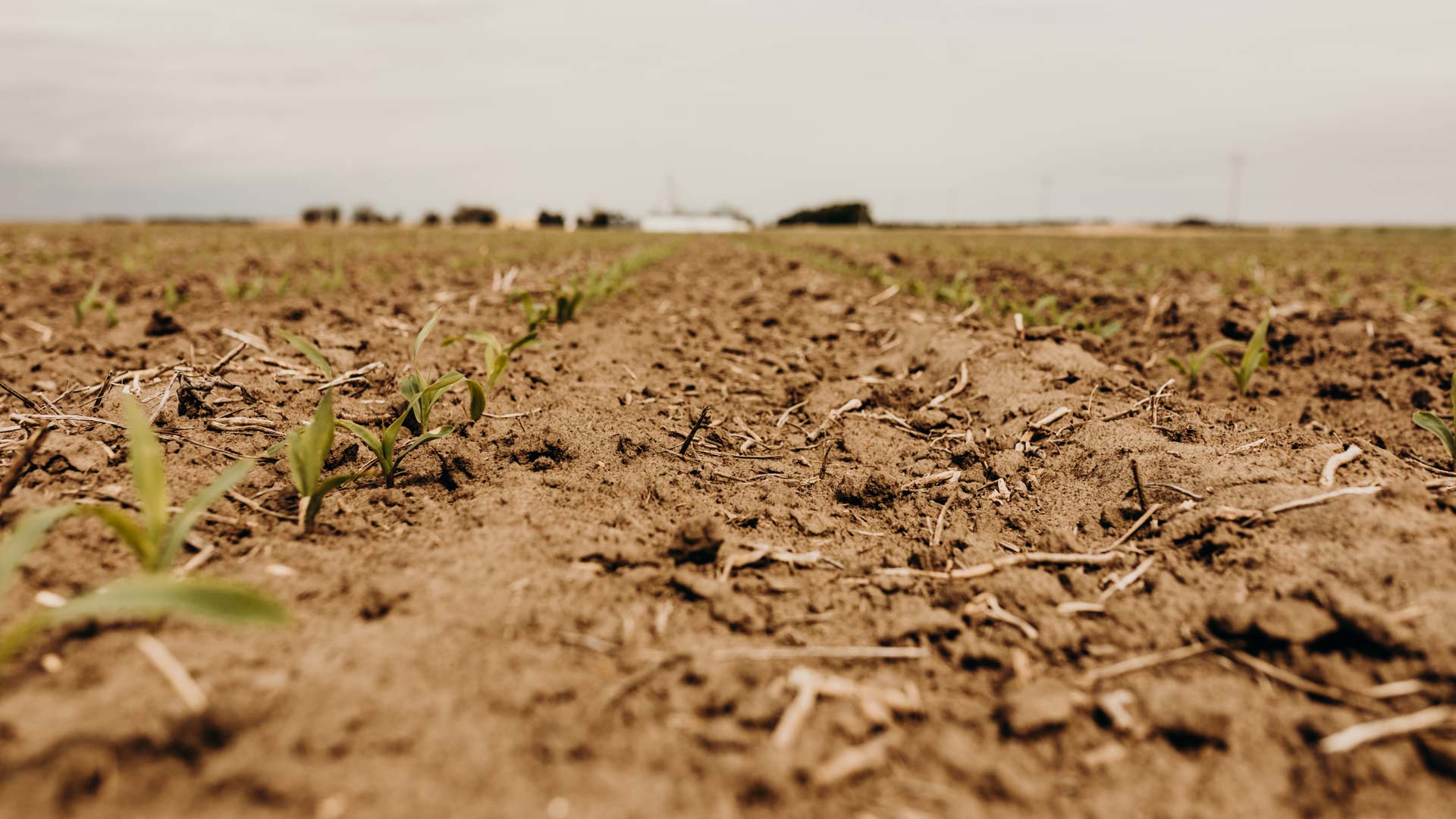
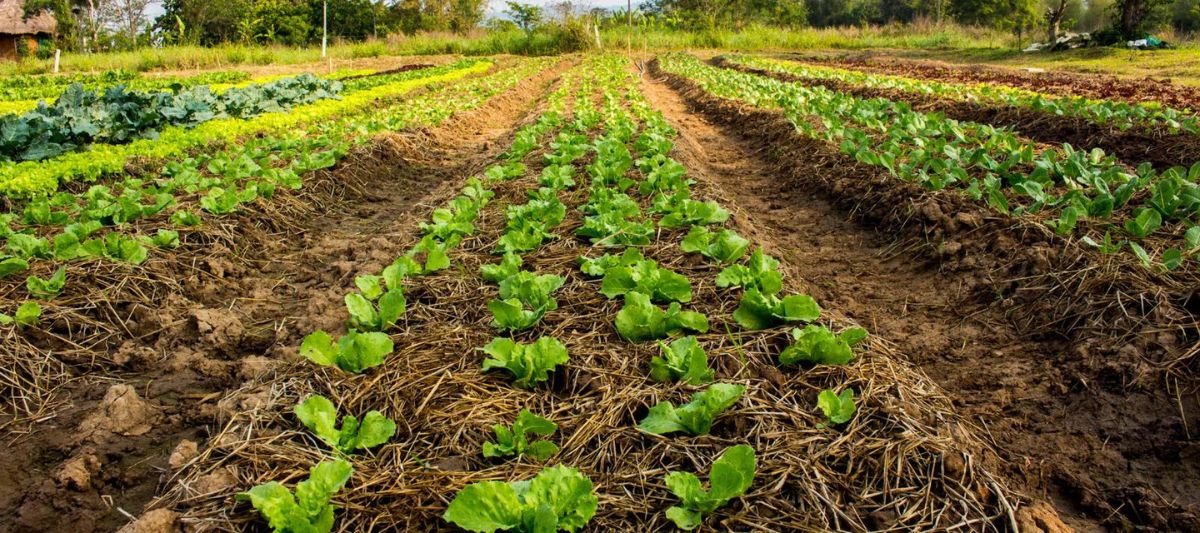
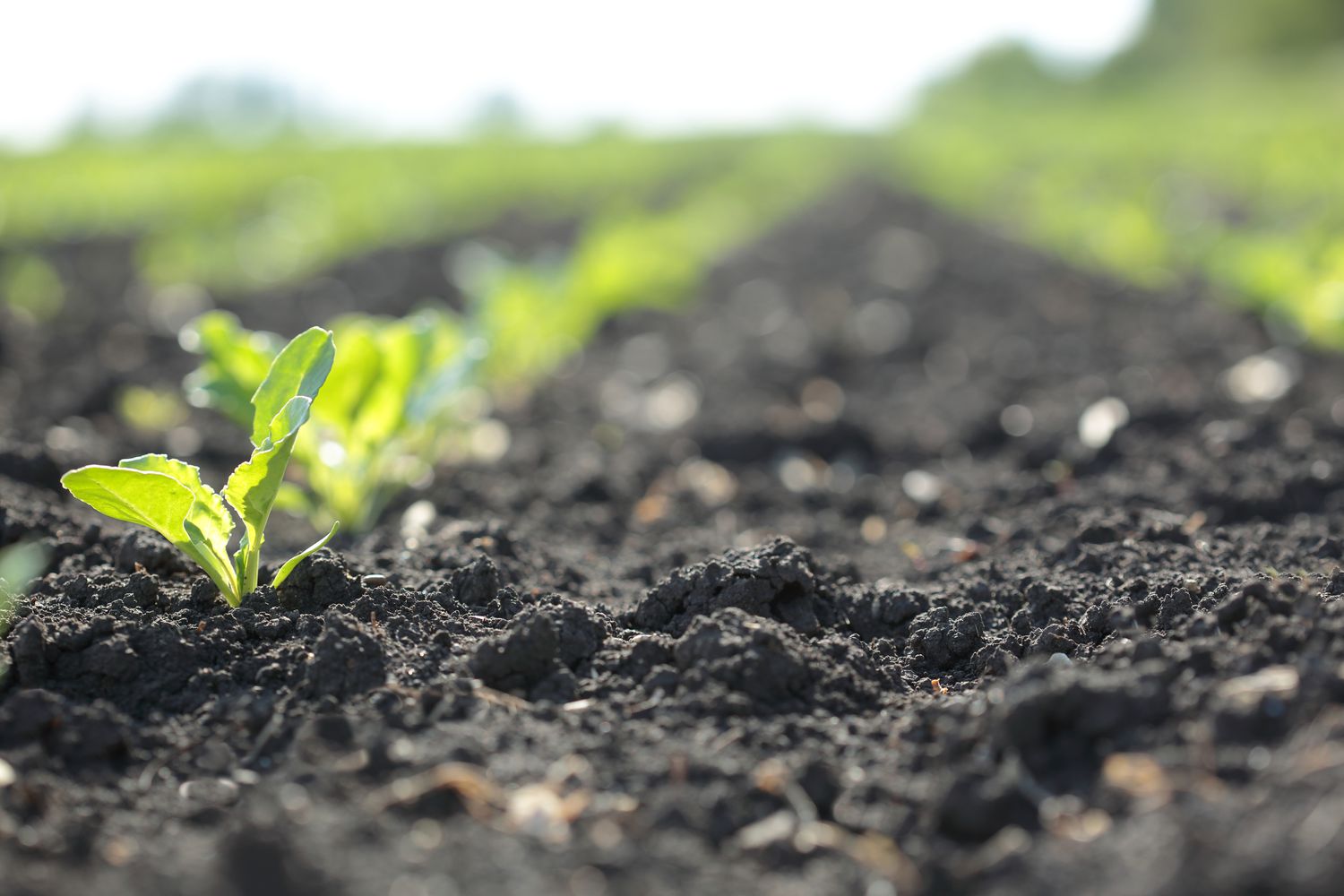
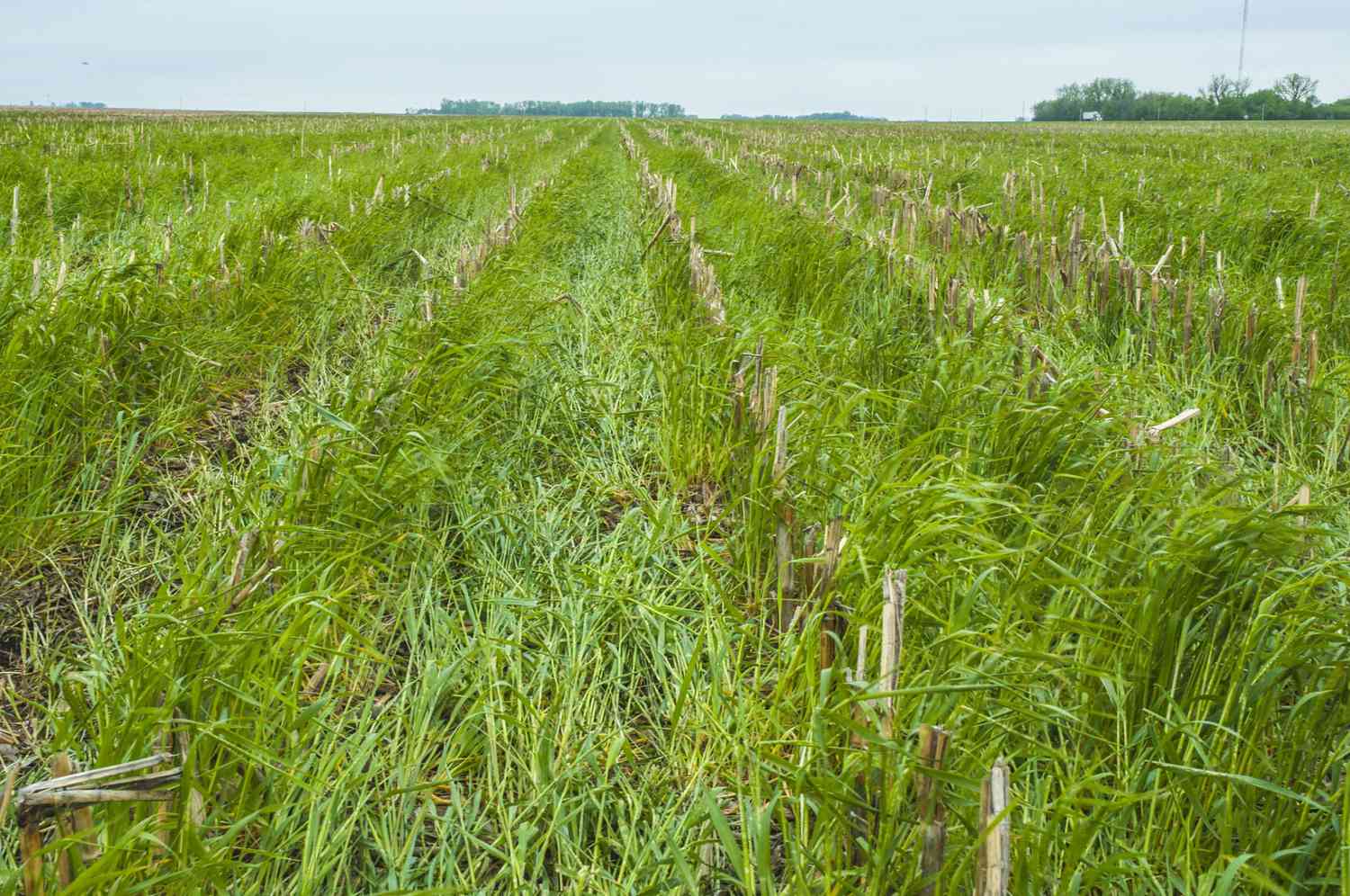
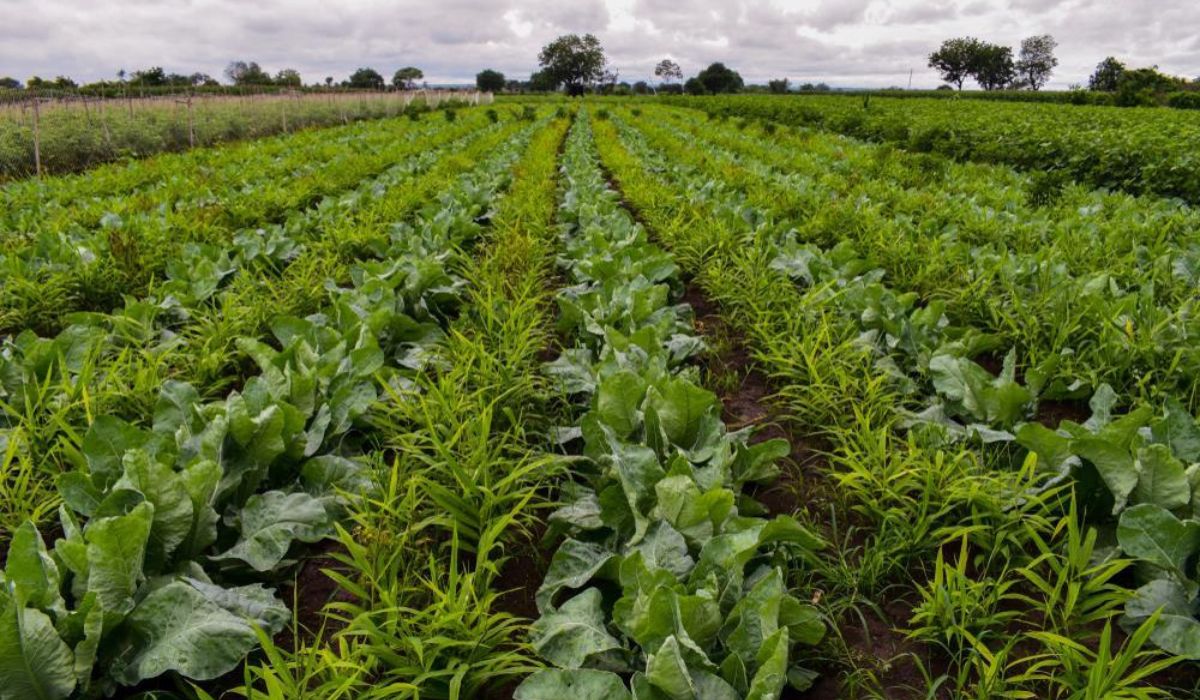

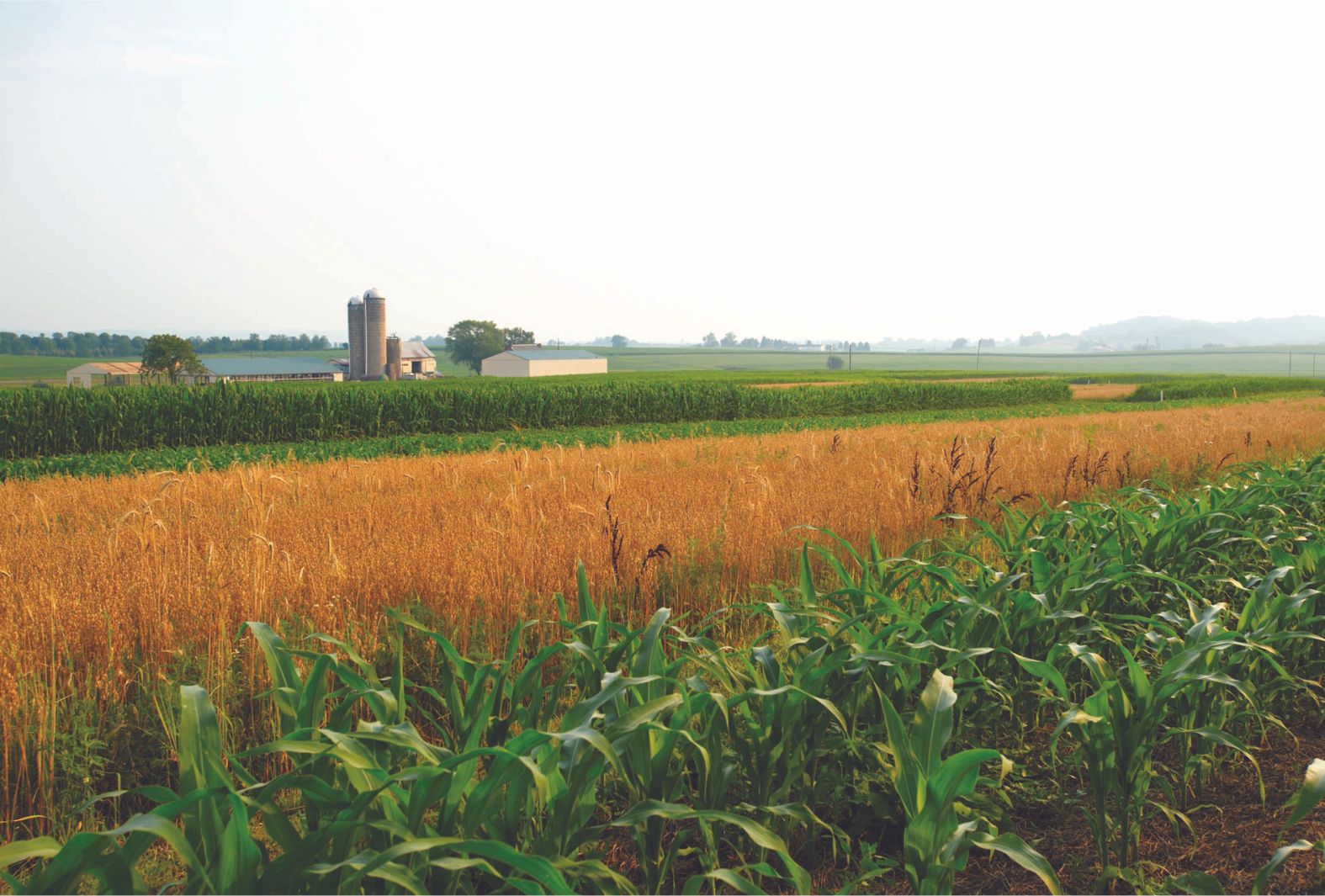
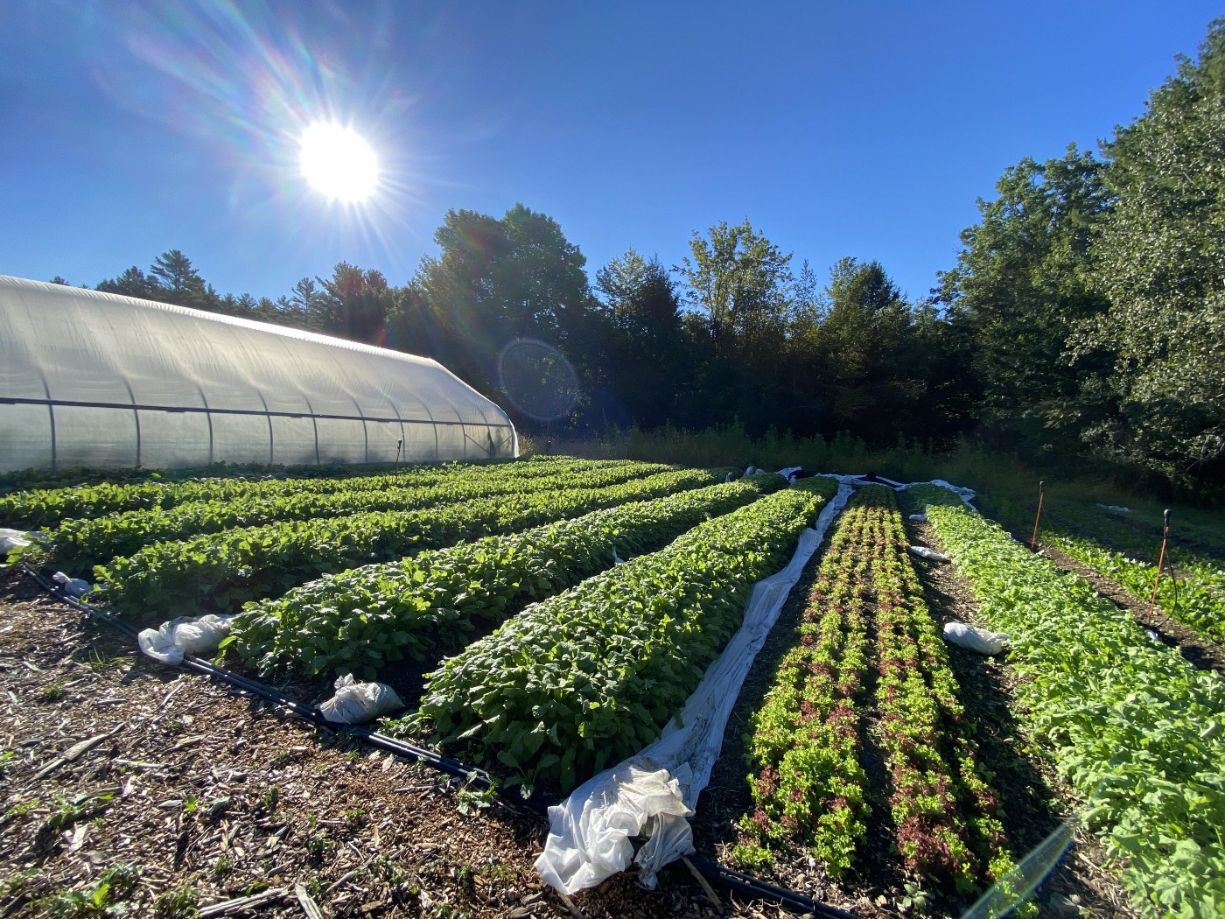

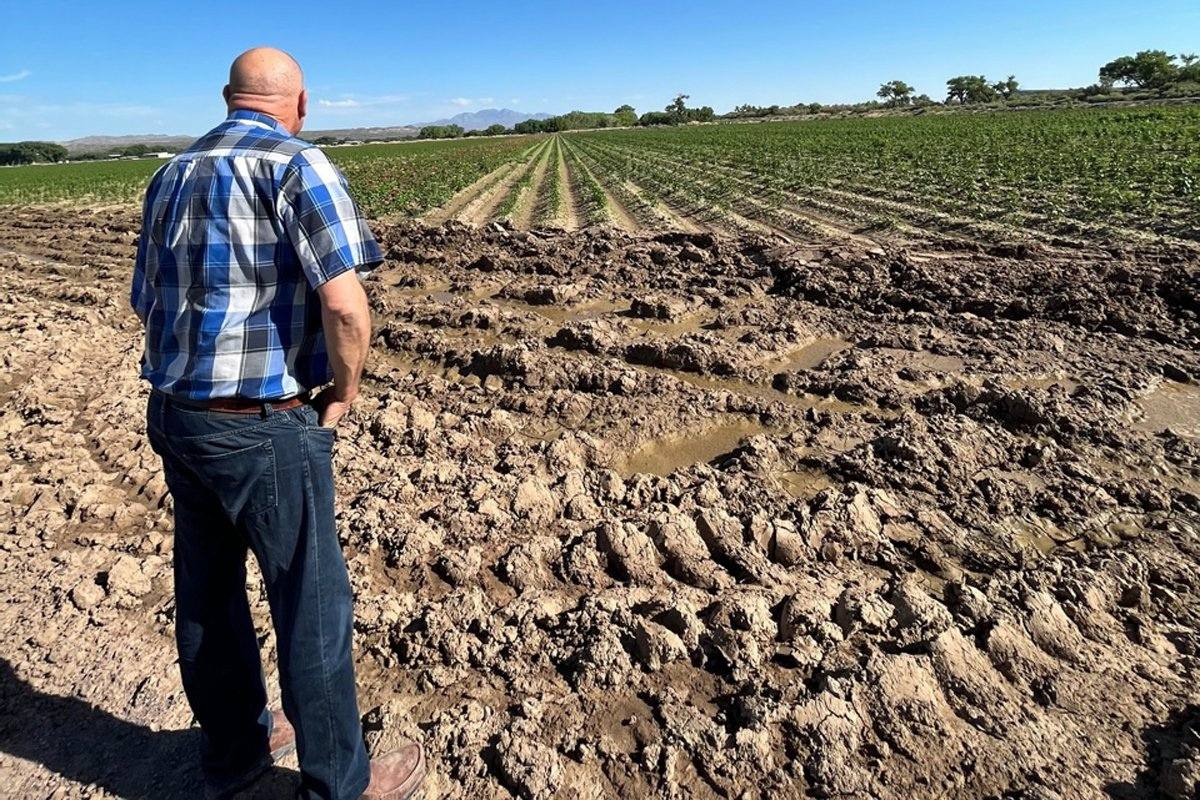

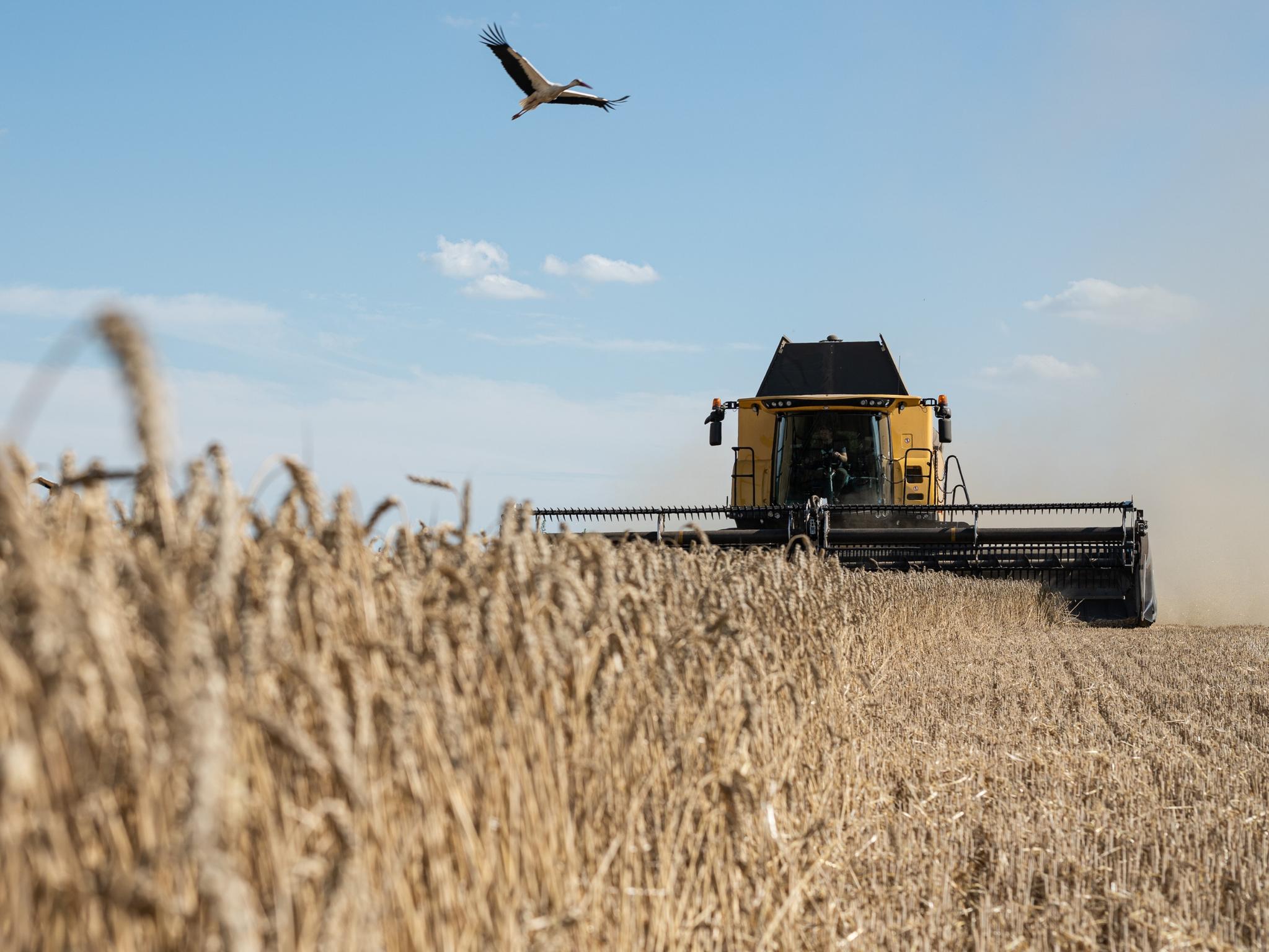



0 thoughts on “Why Does Crop Rotation Increase Soil Nitrogen”